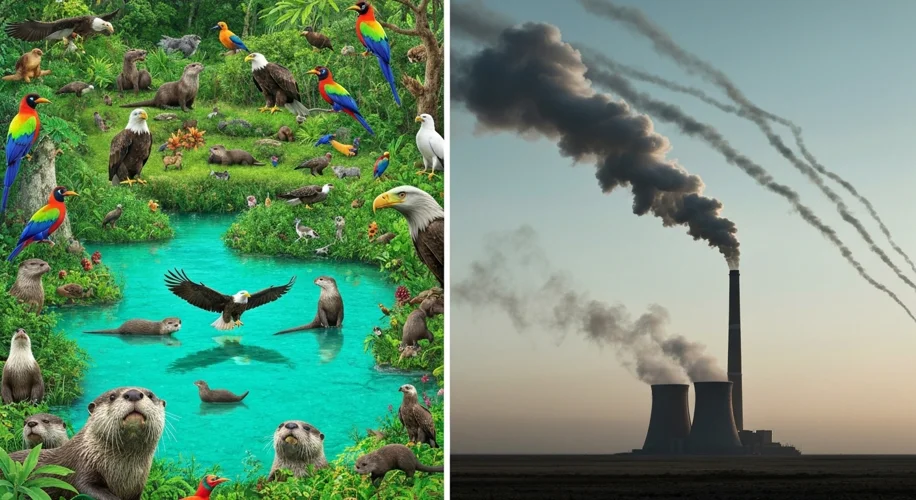It’s hard to look at the news today and not feel a sense of unease about our planet. We’re hearing a lot about climate change, and some scientists are using really strong language, like the “Sixth Mass Extinction” and a “climate of unparalleled malevolence.” So, what’s really going on?
Let’s talk about extinctions. For those of us who love science, “mass extinction” isn’t just a scary phrase; it’s a defined event. We know about the “Big Five” – major periods in Earth’s history where a huge chunk of life disappeared relatively quickly. Think of the one that wiped out the non-avian dinosaurs.
Today, many scientists see patterns that worry them. Human activities, particularly our reliance on fossil fuels, are pumping massive amounts of carbon dioxide (CO2) into the atmosphere. This isn’t new; we’ve been discussing the greenhouse effect for decades. CO2 traps heat, warming our planet. But the scale and speed at which we’re doing this is unprecedented in recent geological history.
Why are some scientists divided on whether we’re officially in a “sixth mass extinction”? It often comes down to definitions and timelines. “Mass extinctions” are typically defined by a significant percentage of species being lost over a geological timescale – think thousands or millions of years. What we’re seeing now is a dramatic acceleration in extinction rates compared to the background rate (the normal rate of extinction before human influence). Some researchers argue that while the rate is alarming, we haven’t yet reached the threshold of a true “mass extinction” event in the classic sense. Others, however, believe the current trends are so severe that we are indeed on the cusp, or already experiencing, the start of such an event.
What does this mean for us, here and now, on August 21, 2025?
We’re already seeing the effects of a warming planet. More extreme weather events, rising sea levels, and significant shifts in ecosystems are becoming more common. These changes don’t just affect polar bears or distant coral reefs; they have profound impacts on human lives, too. Think about food security, water availability, and increased risks from natural disasters. For communities, especially those with fewer resources, these impacts can be devastating, highlighting the intersection of climate change and social justice.
So, while scientists may debate the exact terminology, the message is clear: our planet is under stress, and human activity is a major driver. The CO2 crisis is real, and its consequences are far-reaching.
What can we do? It’s easy to feel overwhelmed, but there are opportunities for action. Supporting sustainable practices, advocating for climate-conscious policies, and making informed choices in our daily lives all contribute. It’s about acknowledging the science and working together towards a healthier planet for everyone.

